In today’s competitive procurement landscape, first impressions online matter more than ever. Agency evaluators rarely rely solely on in-person meetings or phone calls—they start their research online. From visiting your website to downloading PDFs or Googling your name, buyers are evaluating your credibility, expertise, and relevance before they ever pick up the phone.
Understanding what evaluators are really looking for—and optimizing every touchpoint—can make the difference between being shortlisted or overlooked. This blog explores how to align your digital presence with buyer expectations and build trust at every stage of the procurement process.
Why Your Online Presence is Critical for Procurement
Procurement evaluators rely heavily on digital research to save time and validate potential vendors. Your website, online profiles, and downloadable content are often their first exposure to your organization. A polished, informative, and credible digital presence can establish trust immediately. Conversely, outdated information, missing details, or poor navigation can raise red flags and push buyers toward competitors.
The key is ensuring that every online interaction answers a buyer’s questions efficiently and reinforces your organization’s professionalism and expertise.
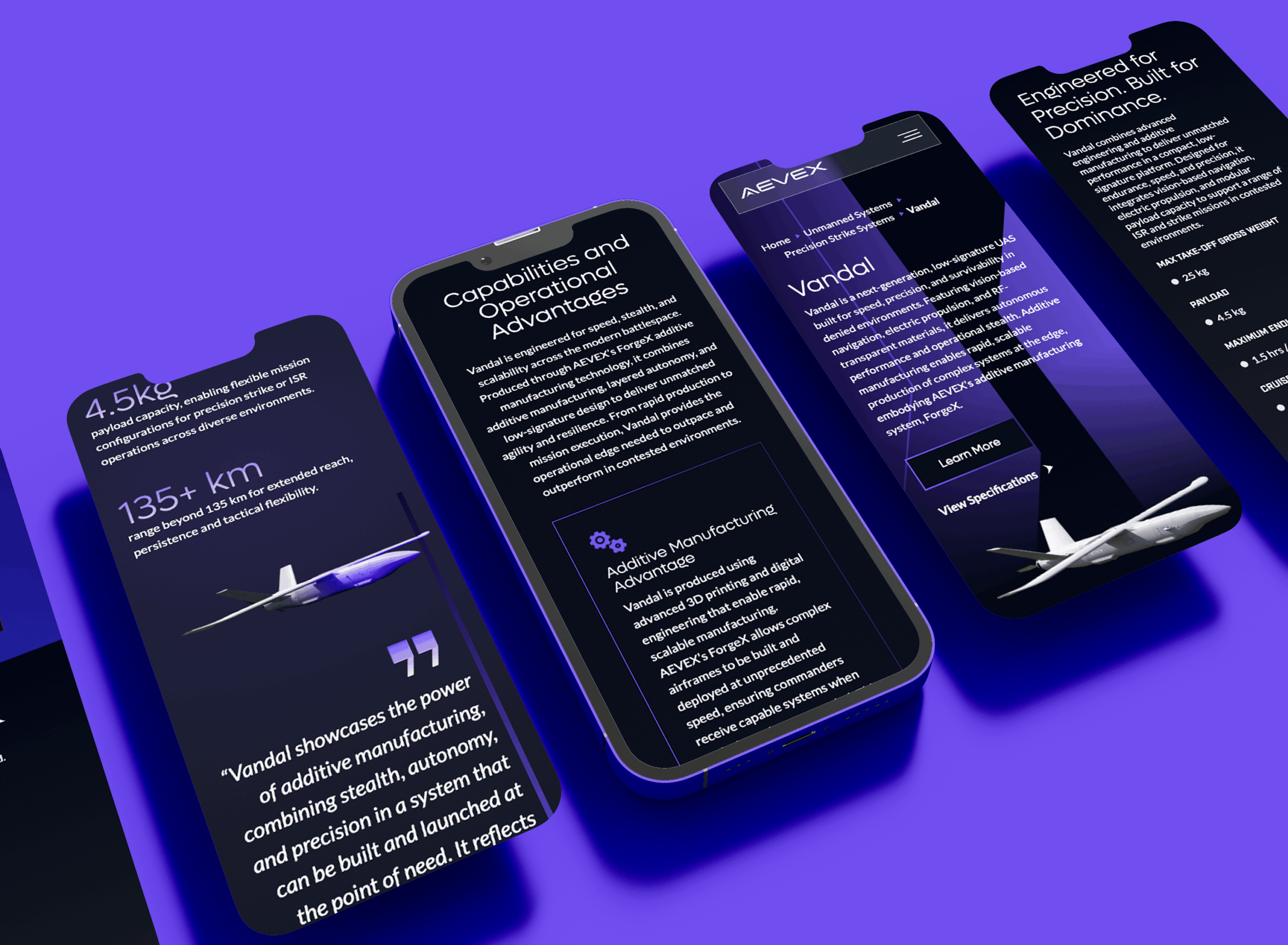
What Buyers Check First: Websites and Online Profiles
When evaluators visit your site or online profiles, they’re looking for clarity, credibility, and relevance. Some of the top elements they notice include:
- Clear messaging: What you do, who you serve, and why it matters should be immediately obvious.
- Client examples and case studies: Demonstrates experience and past success.
- Certifications and awards: Signals trustworthiness and compliance.
- Navigation and structure: Information should be easy to find without frustration.
Missing or inconsistent information can quickly erode confidence. A well-structured website gives evaluators the reassurance they need to continue engagement.
Downloadable Content: PDFs, Case Studies, and Whitepapers
Many evaluators download PDFs, whitepapers, and case studies as part of their research. These materials should provide concise, actionable insights into your capabilities. Key considerations include:
- Clarity: Avoid jargon and keep content focused on what matters to the buyer.
- Visual appeal: Use graphics, charts, and formatting that make content easy to scan.
- Results-focused: Highlight measurable outcomes and past successes.
Strong downloadable content helps buyers make informed decisions quickly and reinforces your credibility. Weak or overly complex documents, on the other hand, can be a barrier to engagement.
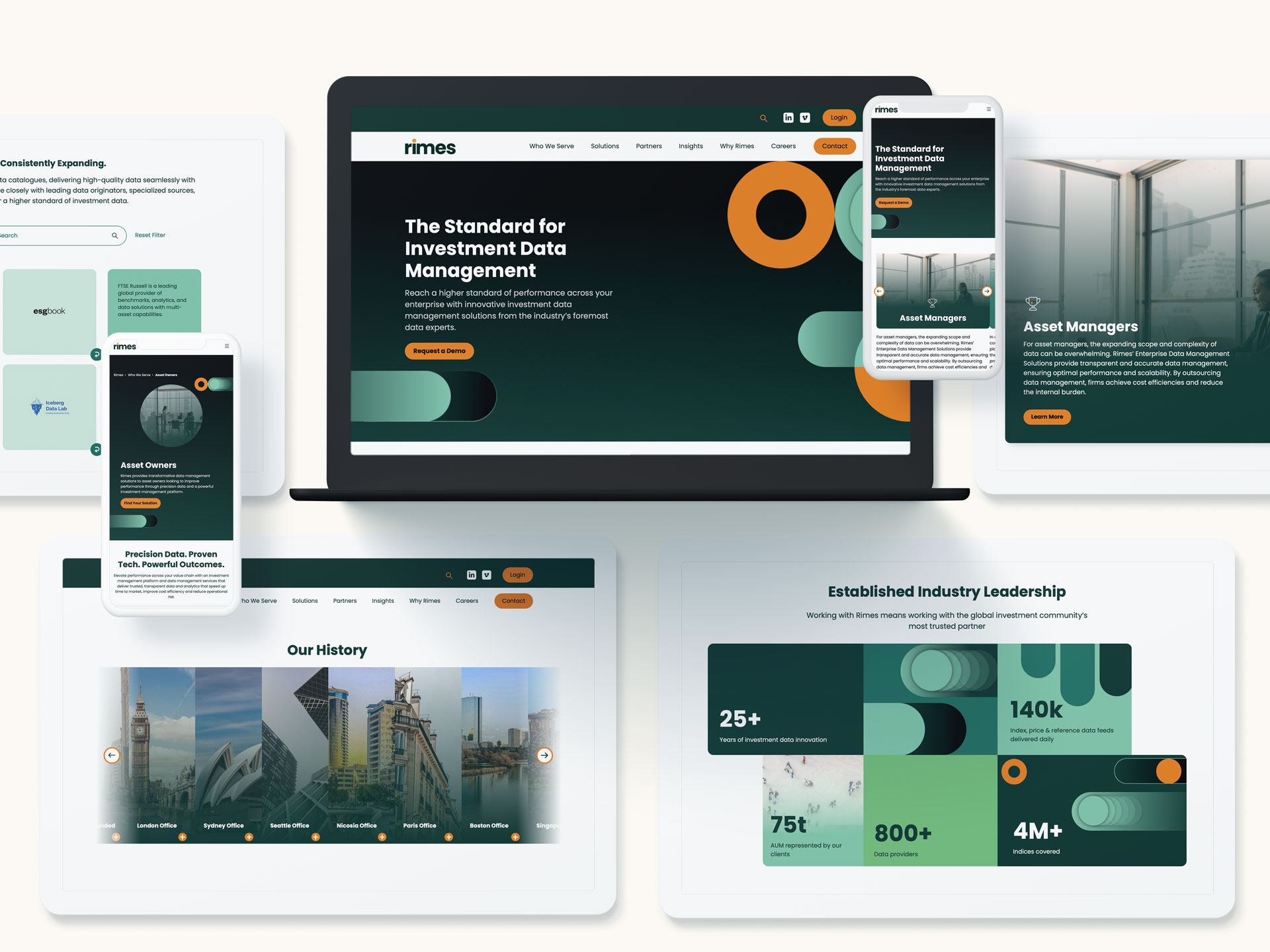
Search Behavior: Googling Your Name and Brand
Evaluators often research your brand and key leaders online. They look for thought leadership, news mentions, and industry recognition to gauge expertise and reputation. This makes SEO, AEO (Answer Engine Optimization), online reviews, and consistent branding more important than ever.
Common pitfalls include outdated press releases, missing leadership bios, or inconsistent messaging across channels. Maintaining accurate, accessible, and positive online visibility ensures evaluators find credible and relevant information when they search for you.
Evaluators’ Key Priorities in the Procurement Journey
Procurement teams generally focus on four main priorities during their online research:
- Trustworthiness: Can they rely on you to deliver on promises?
- Evidence of expertise: Do you have the experience and capability to meet their needs?
- Ease of access to information: Can they quickly find answers to critical questions?
- Alignment with their goals: Do your solutions or services match their agency or organizational priorities?
Aligning your digital presence with these priorities ensures evaluators can confidently move forward with your organization.
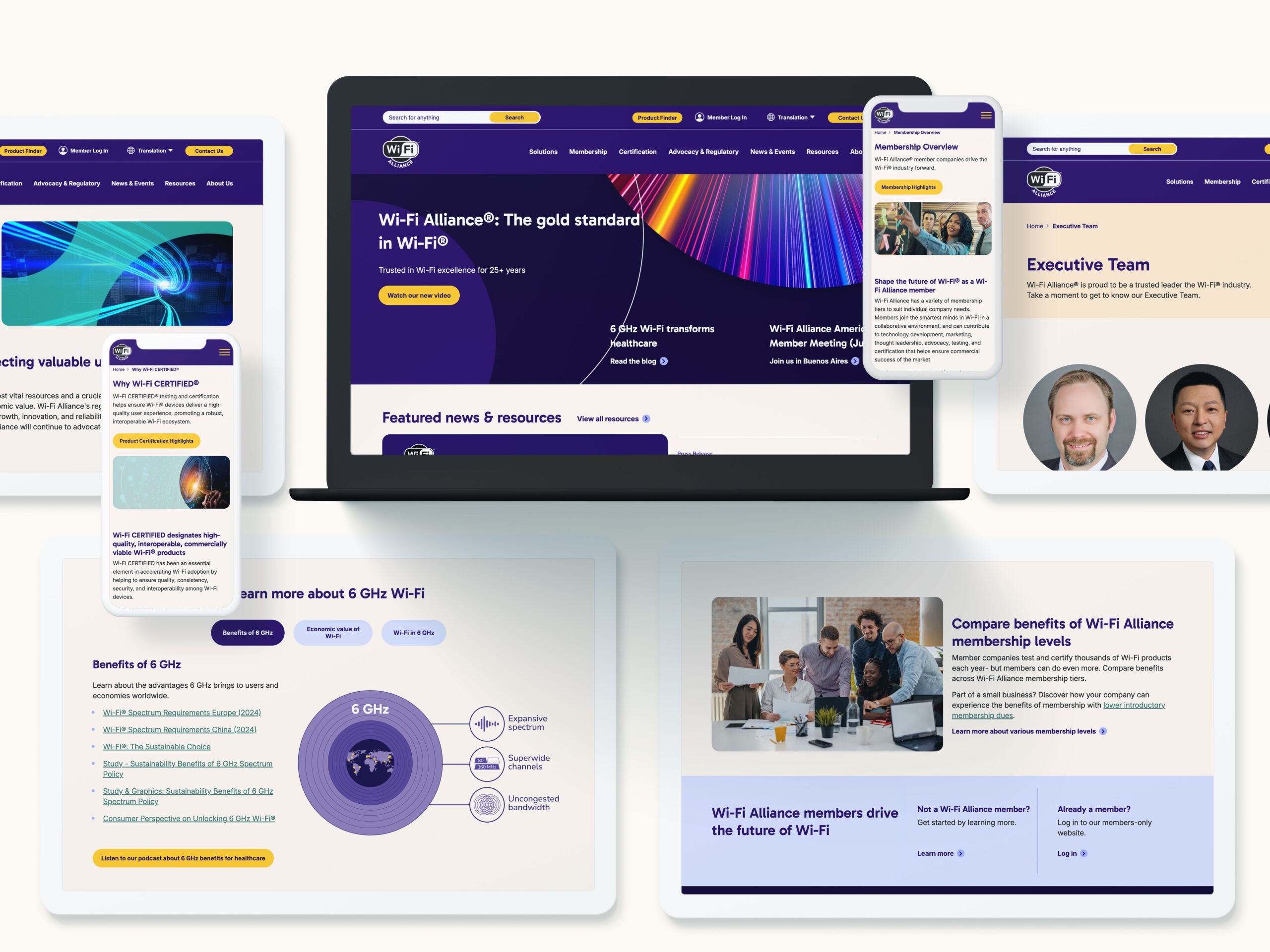
Aligning Your Digital Experience With Buyer Expectations
To meet buyer expectations, organizations should:
- Audit websites regularly: Ensure messaging, client examples, and leadership bios are current.
- Optimize downloadable content: Keep PDFs concise, visually clear, and results-focused.
- Invest in SEO and thought leadership: Ensure your organization appears authoritative in search results.
- Maintain consistent branding: Across websites, social media, and online documents.
By proactively optimizing every touchpoint, you reduce friction in the procurement process and increase your chances of being shortlisted.
Final Takeaway
Every online interaction shapes a buyer’s perception and influences procurement decisions. By understanding what evaluators look for—websites, downloadable content, and search visibility—you can create a digital presence that builds trust and drives engagement.
Ready to strengthen your procurement-focused digital presence? Contact Bluetext to ensure your website, content, and online profiles meet buyer expectations and set your organization apart in competitive evaluations.
For years, AI tools lived behind the scenes—powering analytics platforms, optimizing ads, and quietly improving operational efficiency. Today, that dynamic has changed. Modern AI has stepped directly into the creative process, giving marketers a new kind of collaborator: fast, tireless, endlessly iterative, and surprisingly insightful.
As content demands grow and campaign cycles tighten, many marketers are now treating AI like a creative intern. It helps spark ideas, draft early versions, and prototype visuals—while humans provide strategy, refinement, and the creative vision that brings everything together.
Why AI Works So Well as a “Creative Intern”
AI excels at producing ideas and content variations rapidly by recognizing patterns across millions of data points. It can spin up dozens of campaign angles, summarize complex topics, or propose creative directions in seconds. This speed removes early bottlenecks and frees marketers to focus on higher-value thinking.
AI is not a replacement for human creativity. It cannot intuit cultural nuance, brand voice, or strategic intent. When used as a supportive and exploratory partner, AI becomes a powerful extension of the creative team.
Jumpstarting Brainstorms With AI
The earliest phase of any campaign, finding the right idea, is often the hardest. AI can accelerate this process significantly. Marketers use it to surface themes, map audience needs, and generate thought starters across content types.
AI can produce headline lists, narrative frames, script angles, and unexpected conceptual twists. It provides volume and variety that helps teams explore a wider range of ideas before narrowing down to the strongest concepts. Using AI this way allows teams to reach alignment more efficiently.
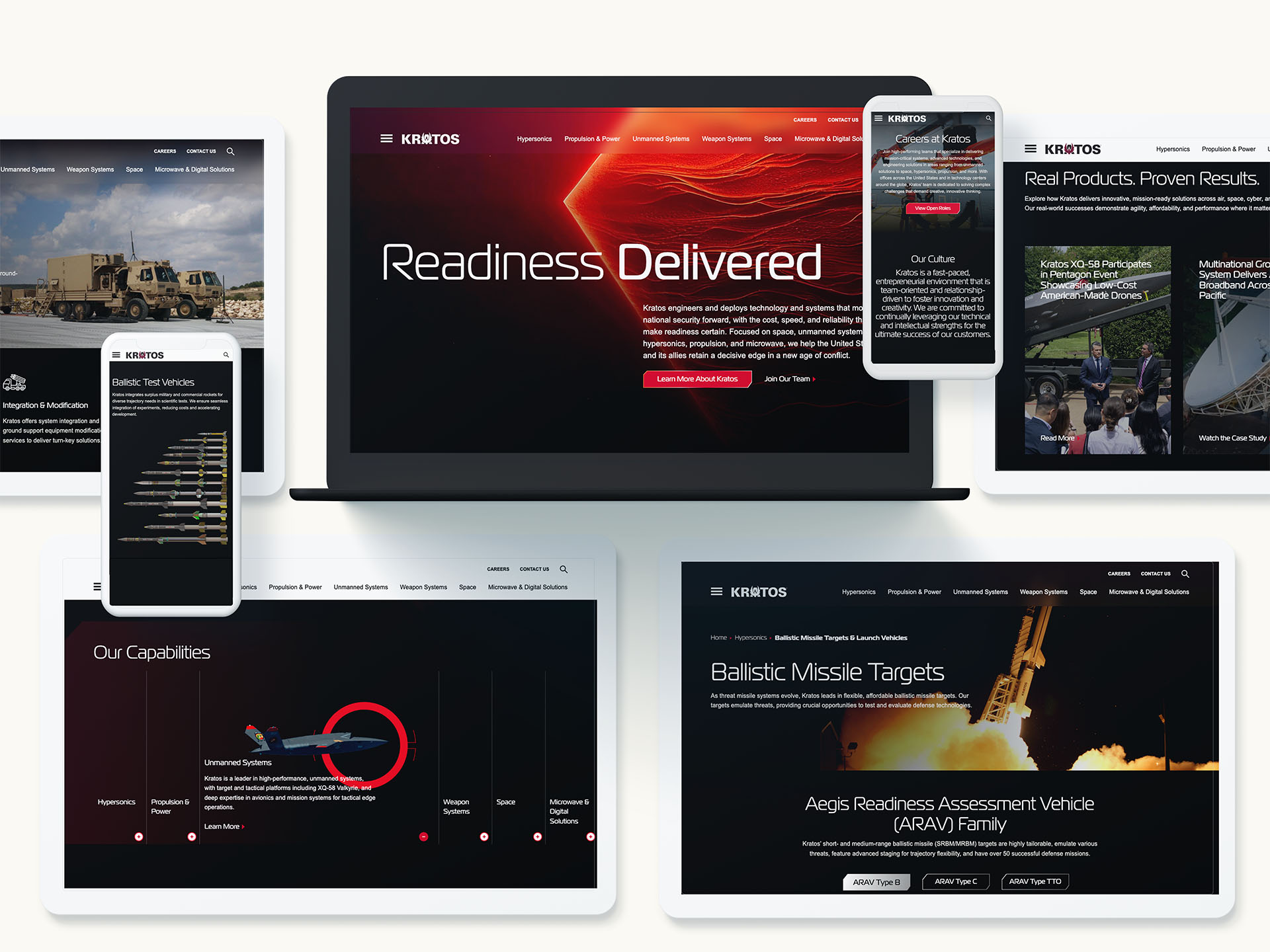
Drafting Content Quickly Without Sacrificing Brand Voice
AI is particularly effective at producing first drafts of marketing content, including blogs, emails, landing pages, and social posts. These drafts save time and make writing more efficient.
Human editors are still necessary to refine tone, ensure accuracy, and align messaging with the brand and audience. AI typically produces 60 to 70 percent of the work, and human craft brings it across the finish line. This combination increases content velocity while maintaining quality.
Visual Prototyping: From Ideas to Early Concepts in Minutes
Before committing to full creative development, teams often need to test concepts visually. AI image tools have become valuable for building quick prototypes, sketching layouts, exploring photography directions, experimenting with type styles, or imagining conceptual scenes.
These early mockups are not final deliverables. They serve as conversation starters that help creative directors, strategists, and clients visualize potential directions and iterate with confidence. AI enables teams to explore more directions in less time and with fewer constraints.
Where AI Adds Real Value and Where It Does Not
AI excels in tasks that require speed, iteration, and pattern-driven outputs. Idea generation, copy variations, exploratory visuals, and content repurposing all benefit from AI assistance.
However, AI should not replace decision-making in brand strategy, final creative production, or campaigns that involve sensitive topics. Human oversight is essential to maintain accuracy, originality, and brand integrity. The best results occur when AI supports human judgment instead of replacing it.
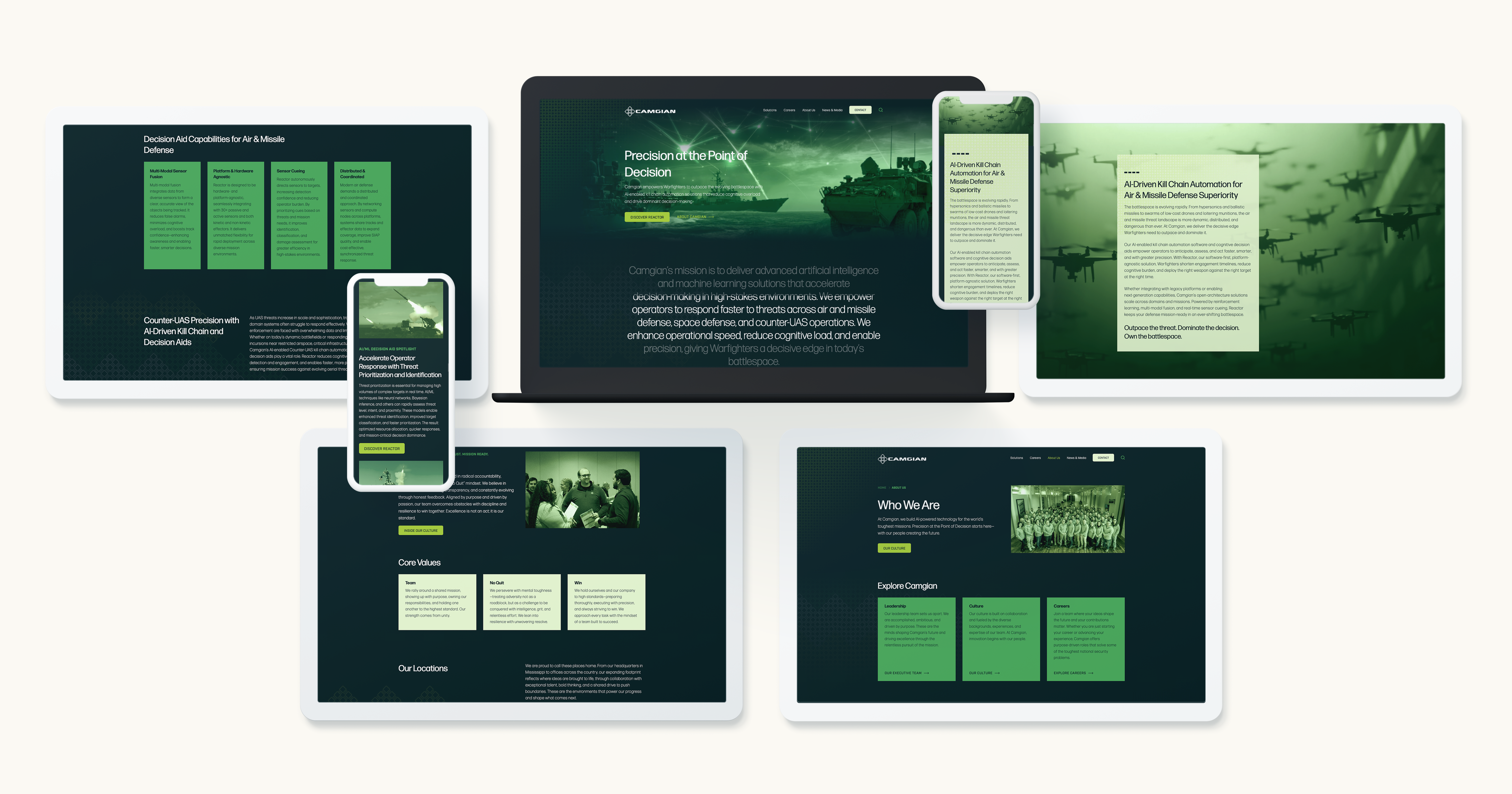
Operationalizing AI in the Creative Workflow
To consistently gain value from AI, marketers should develop deliberate processes, including reusable prompt libraries, role-based workflows, and clear review systems. Collaboration improves when strategists use AI for insight development, writers use it for first drafts, and designers use it for mood boards and prototypes.
The most successful teams treat AI as another member of the creative staff, one that requires direction, feedback, and quality oversight.
AI Elevates Human Creativity Without Replacing It
AI enables speed, scale, and exploration, but human creativity remains essential. Marketers bring cultural understanding, strategic clarity, and emotional intelligence, qualities AI cannot replicate. When AI handles repetitive and exploratory tasks, human creativity can focus on strategy, conceptual thinking, and final execution.
Teams that combine AI efficiency with human imagination are better positioned to produce smarter, faster, and more inventive content and campaigns.
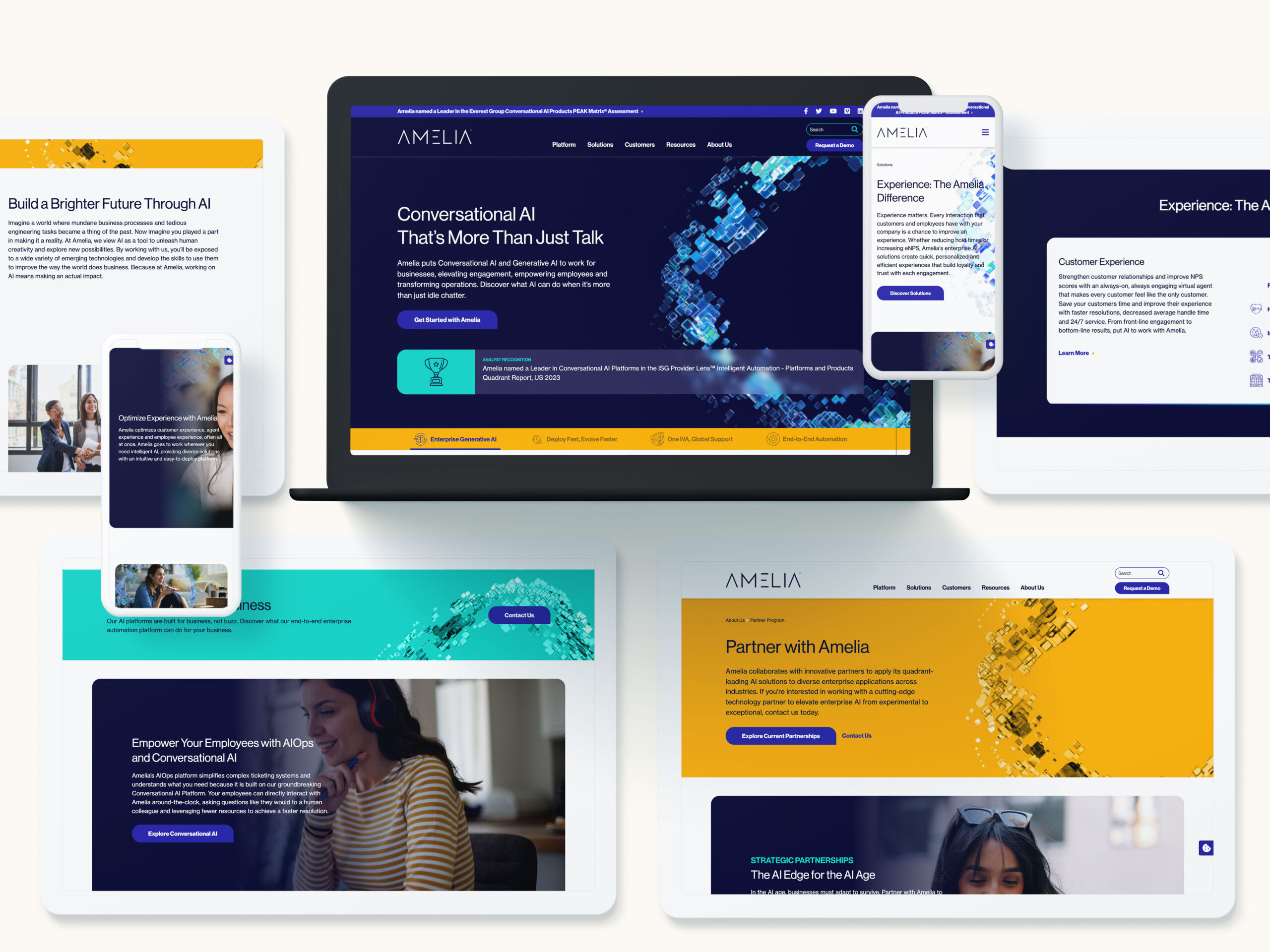
Ready to Integrate AI Into Your Creative Process?
Bluetext partners with brands to help them use AI responsibly and effectively across content development, creative workflows, and campaign execution. If your team is ready to work faster, smarter, and more creatively, we can help you get there.
For years, B2B marketing was shaped by slow, steady macro trends—industry shifts, technology cycles, and long-term buyer behavior. Today, the tempo has changed. Short-term cultural and consumer signals now ripple into the B2B world faster than ever. Even highly technical buyers are influenced by the same content formats, social patterns, and conversation cues shaping modern culture.
That’s why micro trends—those fast-moving signals across platforms, communities, and conversations—have become essential inputs for brand positioning and campaign strategy. Understanding these patterns gives marketing teams an early read on where buyer needs are heading and what will resonate next.
What “Micro Trends” Really Mean for B2B Marketers
A micro trend isn’t a passing meme or a one-day viral moment. It’s a concentrated shift in behavior or conversation that hints at a deeper need. In B2B, micro trends often surface in places like LinkedIn post formats, rising search terms, Slack community threads, analyst commentary, or conversations around emerging technologies.
For example, spikes in discussions around AI safety, cybersecurity trust, operational resilience, or sustainability certifications often predict shifts in how buyers evaluate solutions. Micro trends help marketers separate what’s noise from what’s quietly becoming a new expectation.
How Micro Trends Shape Stronger Brand Positioning
Brand positioning shouldn’t change every quarter—but it should stay responsive to what buyers care about. Micro trends offer an early signal of emerging priorities and give marketers data-backed reasons to refine how they articulate their value.
Sometimes this means elevating new proof points, emphasizing different product benefits, or reframing old capabilities for a new context. A company that once led with efficiency, for example, may find buyers responding more strongly to themes of risk mitigation, security, or long-term scalability if those topics are trending across conversations.
Small shifts in emphasis can create major advantages in relevance.

Using Micro Trends to Build More Agile Campaigns
Campaign agility isn’t about reacting to everything—it’s about acting quickly on the right things. Micro trends allow teams to spot opportunities for rapid activation: a new content angle, an emerging thought-leadership topic, or a timely explainer piece answering a question buyers suddenly care about.
Real-time signals also help marketers retire or update assets that no longer match the conversation. When done well, micro-trend-driven agility leads to better creative alignment, stronger engagement across channels, and smarter use of budget.
Where Micro Trends Come From: The Signals That Matter
B2B marketers can find meaningful micro trends across four key categories:
Platform Signals
Shifts in content style—like TikTok-inspired storytelling appearing on LinkedIn, or rapid-fire Q&A threads becoming popular—show how buyers prefer to learn, not just what they care about.
Search Signals
When question-based searches or problem-driven phrases spike, they offer clues about new pain points or emerging evaluation criteria.
Cultural Signals
Economic headlines, workforce sentiment, regulatory chatter, and industry debates all influence the tone buyers expect from brands.
Technology Signals
Founders promoting new ideas, sudden adoption of emerging tools, or new product categories gaining momentum can reshape messaging priorities.
In isolation, each signal is small. Together, they reveal what’s gaining traction—and what B2B brands should prepare for.
Testing and Scaling Micro-Trend Insights
Not every micro trend deserves a full campaign. Smart teams validate early insights with quick tests: message variations, gated vs. ungated content, LinkedIn polls, or targeted paid experiments.
When an idea consistently performs, it becomes a candidate for larger activation. Some micro insights evolve into evergreen thought-leadership platforms; others influence product messaging, SEO strategy, or brand storytelling. The key is building a lightweight testing engine that allows ideas to scale naturally.

Avoiding the Pitfalls of Trend-Chasing
Trend responsiveness can go wrong when teams confuse speed with strategy. Over-indexing on short-term signals can lead to fragmented messaging, inconsistent positioning, or campaigns that age too quickly. The antidote is a clear filter: Does this trend align with our brand? Does it solve a real customer need? Does it fit the direction of our category?
Micro trends should enhance brand focus—not dilute it.
Building a Trend-Responsive B2B Marketing Engine
Trend-driven marketing works best when supported by flexible systems: modular creative assets, cross-functional collaboration, real-time dashboards, and streamlined approval processes. When teams are equipped to move quickly, trend insights become a competitive advantage instead of a scramble.
The brands that excel are those that combine strategic discipline with the speed to act when it matters.
Why Micro Trends Lead to Better Outcomes
Micro trends reveal what buyers care about before it shows up in traditional research. They help brands stay modern, relevant, and differentiated in categories where messages often sound the same. When B2B organizations learn to read early signals, they’re better positioned to anticipate macro shifts—before those shifts reshape the market.
In a landscape where attention is scarce and expectations shift fast, micro-trend intelligence helps B2B marketers build stronger brands and smarter campaigns.
Ready to Turn Micro Trends Into Strategic Moves?
Bluetext helps leading B2B organizations translate emerging signals into clear, compelling brand and marketing strategies. If your team is ready to capture what’s coming next, we’re here to help.
In an era of endless claims and digital noise, trust has become the most valuable currency in B2B marketing. Buyers aren’t swayed by bold statements—they’re persuaded by proof. And few forms of proof are as powerful as a well-crafted customer story. But here’s the catch: most brands stop at testimonials when they should be building case studies that sell.
Transforming a testimonial into a data-backed, story-driven sales asset requires more than a glowing quote. It’s about combining narrative, numbers, and design to show—not just tell—the value your solution delivers.
Let’s explore how to elevate your case studies into strategic marketing tools that convert.
From Testimonials to Case Studies: Moving from Opinion to Evidence
A testimonial tells what a customer felt. A case study shows what a customer achieved. That difference—between emotion and evidence—is what separates validation from persuasion.
Modern B2B and GovCon buyers are analytical by nature. They want to know how your solution performs under pressure, scales in real-world environments, and delivers measurable outcomes. Case studies make that possible by structuring the story around three key elements: the challenge, the solution, and the results.
When you frame customer success through that lens, you turn anecdotes into actionable proof. The emotional resonance remains, but it’s supported by logic, structure, and credibility.
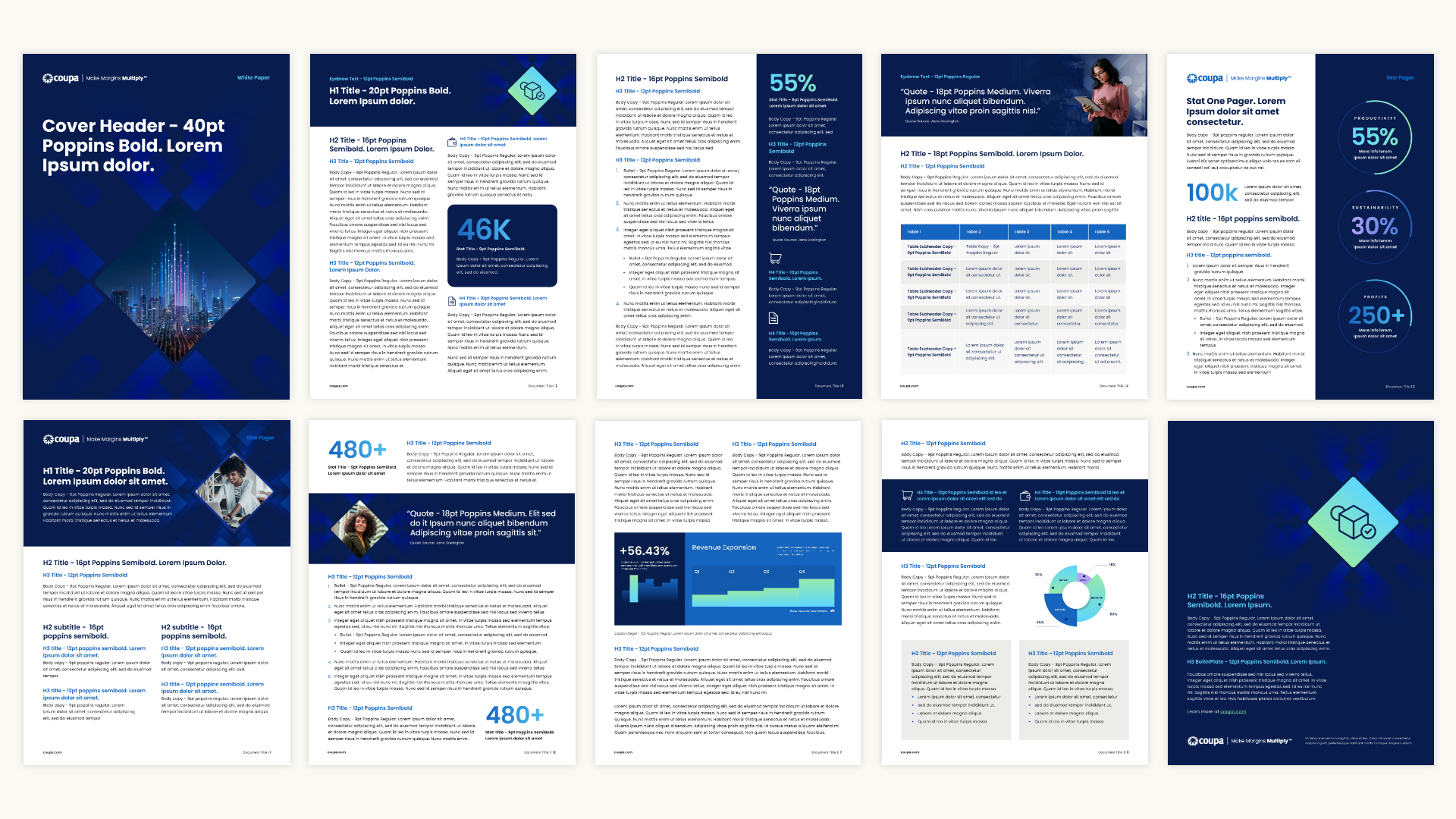
Building a Narrative That Converts
Even in technical markets, the most memorable stories follow a simple arc—conflict, resolution, transformation. Effective case studies tap into that psychology.
Start by setting the stakes. What was at risk for your client? What problem did they need to solve? Then, position your brand as the guide—not the hero—that helped them overcome it.
Keep the focus on outcomes, not features. Replace jargon with human language, and use real customer quotes to add authenticity. When possible, complement your narrative with before-and-after visuals or timelines to illustrate progress.
A case study that reads like a story doesn’t just inform—it engages.
Back It Up with Data: Turning Stories into Proof
Narrative sparks interest; data seals the deal. Quantifiable results transform your story from “feel-good” marketing into credible, performance-based proof.
Include concrete metrics like:
- Percentage improvements (efficiency, adoption, or satisfaction)
- ROI or cost savings
- Productivity gains or error reductions
- Implementation timelines
Even if you can’t share proprietary numbers, relative metrics (e.g., “a 40% faster deployment”) still carry weight.
Visualizing that data through motion graphics, charts, or infographics helps audiences process information faster and remember it longer. A single animated stat can often communicate more than a paragraph of text.

Motion Design and Multimedia: Bringing Stories to Life
Today’s audiences don’t just read case studies—they watch, scroll, and interact with them. Adding video or motion design transforms your story into an experience.
Video case studies allow prospects to see and hear real customers explain how your brand made an impact. Motion graphics can simplify complex technical results and visually demonstrate transformation.
Platforms like LinkedIn, YouTube, and your own landing pages are ideal for distributing multimedia case studies. In GovCon and enterprise tech, this format is particularly effective—showing authenticity through real people and real impact builds credibility faster than text alone.
Packaging Case Studies for Sales Enablement
A great case study isn’t just a marketing asset—it’s a sales tool. But to be useful, it has to be modular, visual, and easy to share.
Create short, scannable versions with key stats and quotes for presentations or proposals. Tag each case study by industry, solution type, or agency vertical so sales teams can quickly pull the most relevant stories.
Repurpose sections into one-pagers, slide decks, and short-form videos. The goal: make it effortless for your sales and BD teams to bring your success stories into conversations with decision-makers.
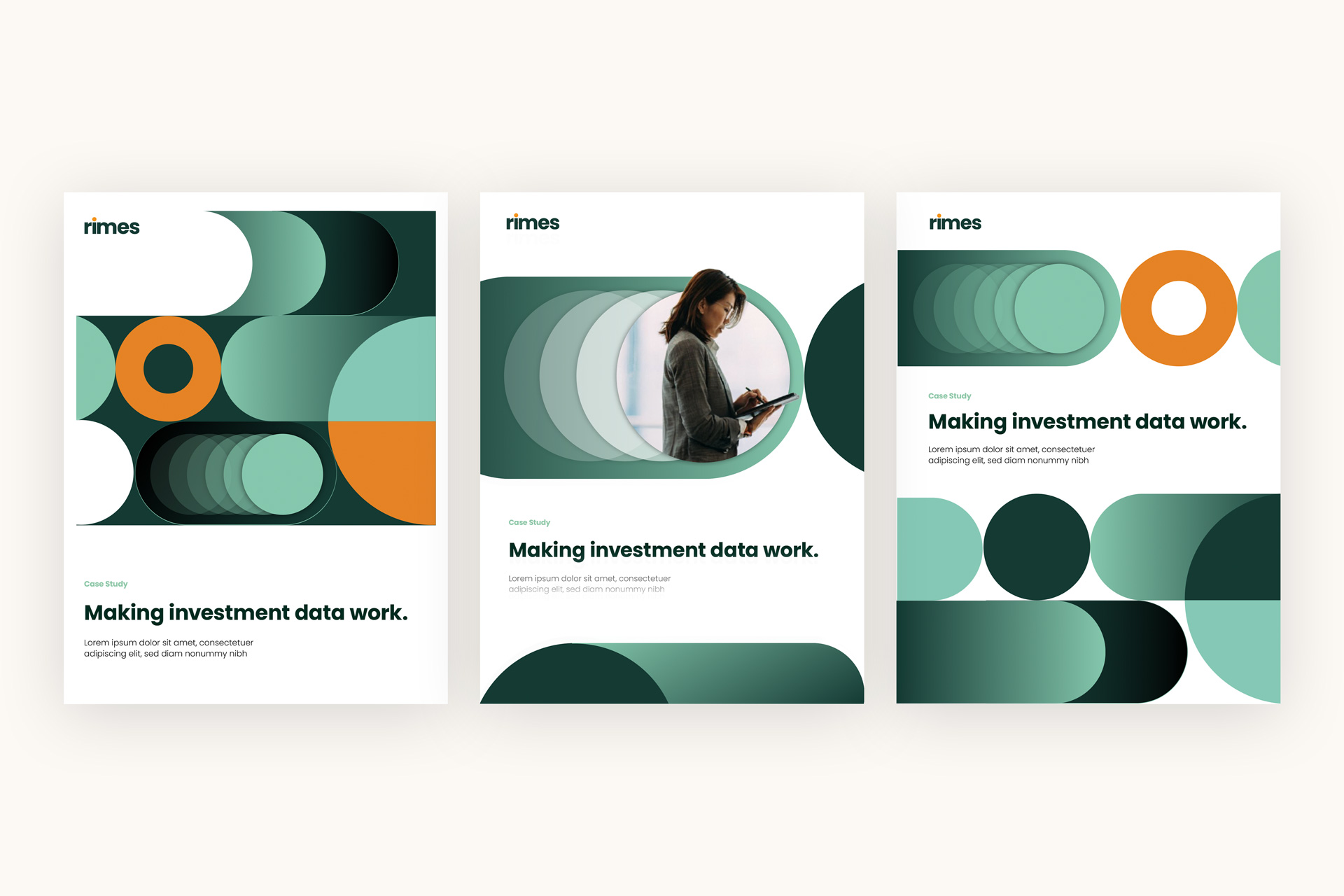
Turning Success Stories into a Scalable Content Engine
The best part about a strong case study? It’s not a one-and-done asset—it’s a foundation for future content.
From one customer story, you can generate:
- A blog post highlighting key takeaways
- A short testimonial video for social media
- An infographic or data card for proposals
- A feature in your next email campaign
When done right, case studies become a self-sustaining engine of credibility—one that consistently reinforces your brand’s expertise and builds momentum across digital channels.
Elevate Every Story with Bluetext
At Bluetext, we help brands transform their customer success stories into conversion-driven marketing tools. Our team combines strategic storytelling, motion design, and data visualization to create case studies that build trust and drive results.
If you’re ready to turn your testimonials into sales tools that actually sell, connect with Bluetext to get started.
If you’re a government contractor, you know SAM.gov is a must. It’s the gateway to doing business with the federal government, the baseline requirement for eligibility, and a compliance necessity. But here’s the hard truth: being listed on SAM.gov alone does not make you a competitive strategy. In today’s federal procurement landscape, a modern digital presence is just as critical as your contract vehicles.
Your website, social presence, and digital credibility often speak louder than a registration number. Procurement officers, prime contractors, and agency decision-makers increasingly research vendors online before reaching out. Simply put, SAM.gov tells them you exist—but your digital brand tells them why they should care.
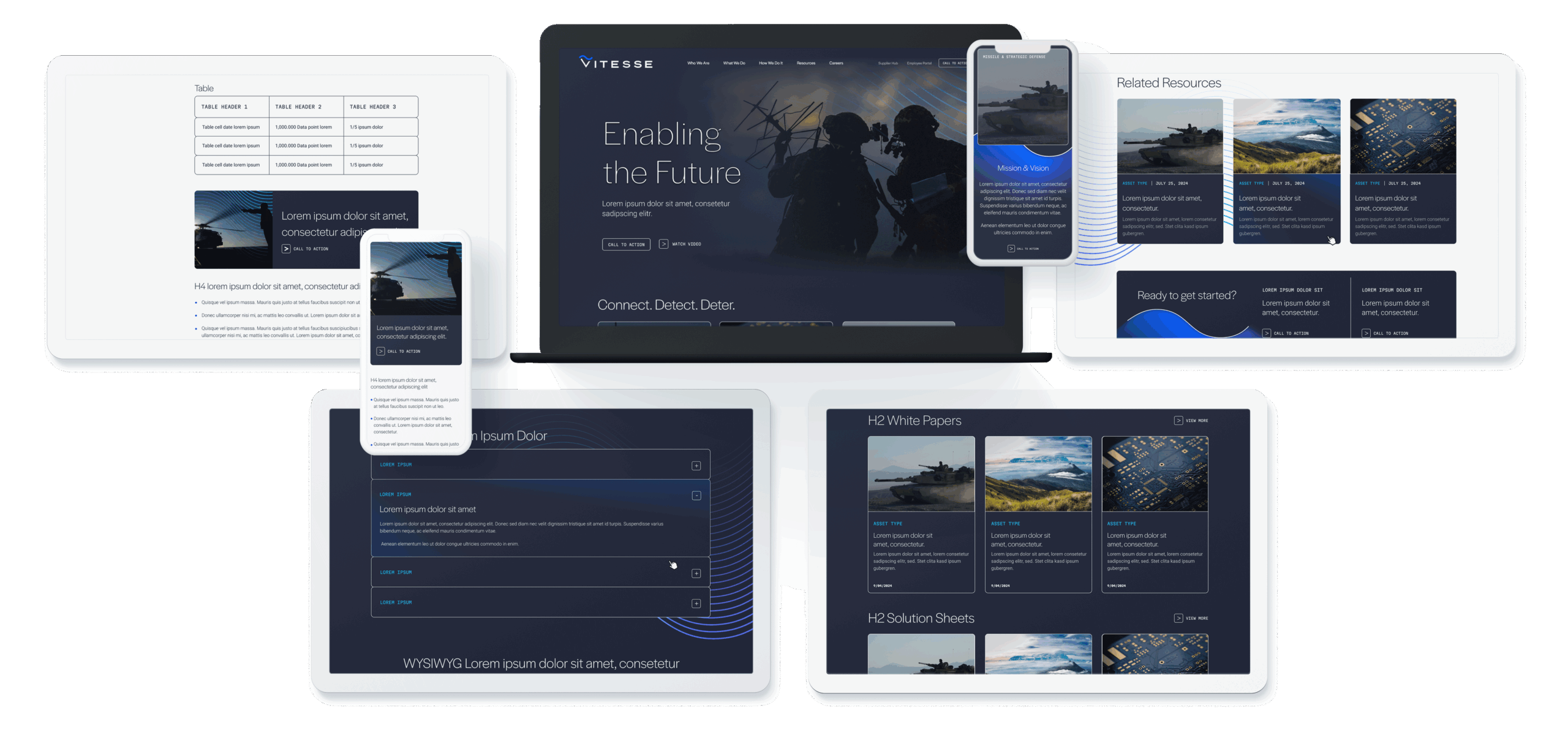
The Modern GovCon Buying Journey Has Changed
The federal buying journey has evolved. Buyers don’t wait until an RFP drops to assess potential partners—they research online, attend virtual events, and review thought leadership long before formal procurement processes begin.
Consider this: more than 70% of B2B buyers—federal included—conduct online research to vet potential vendors. They evaluate websites, social media profiles, and digital content to judge credibility and capability. A contractor with a strong digital footprint signals readiness, expertise, and reliability in ways that a SAM.gov listing simply cannot.
In essence, the playing field has shifted. Eligibility is required. Visibility and trust are differentiators.
The Problem with Relying on SAM.gov Alone
SAM.gov is static. It lists entities and contract vehicles but does not communicate value propositions, innovation, or performance history. Agencies don’t use SAM.gov to discover new vendors—they use it to verify credentials.
This leaves a gap: contractors who rely solely on SAM.gov may be invisible during early research stages. Two vendors could hold identical GWACs or IDIQs, yet the one with a polished website, active thought leadership, and consistent social presence will stand out. The question isn’t whether you’re compliant—it’s whether you’re compelling.
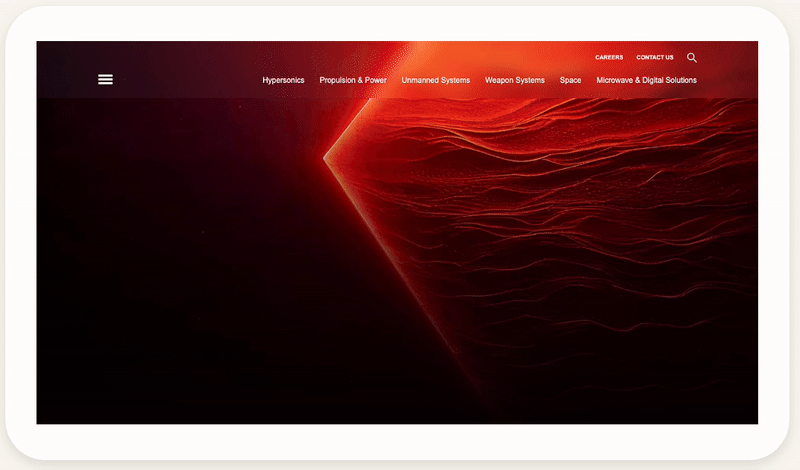
Digital Best Practices for GovCon Brands
Investing in your digital presence is no longer optional. Here’s how contractors can elevate their digital strategy:
1. Modernize Your Website
Think of your website as your digital contracting office. It should be clear, credible, and user-friendly. Include:
- Capabilities statements and case studies
- Contract vehicles and certifications
- Team and leadership profiles
- Mobile-friendly design and Section 508 compliance
A strong site demonstrates professionalism and operational readiness, making it easier for decision-makers to trust you.
2. Tell a Clear Brand Story
Your brand story sets you apart. Focus on:
- Mission alignment and impact
- Differentiators beyond contract numbers
- Visuals and messaging tailored to federal audiences
A concise, compelling narrative makes your brand memorable and positions you as a thought leader, not just a vendor.
3. Build a Thought Leadership Engine
Content is credibility. Develop insights on procurement trends, modernization efforts, or technical innovations. Publish blog posts, white papers, or LinkedIn articles that show your expertise. Position executives as industry voices to build trust and influence early-stage research.
4. Leverage SEO and Paid Media Strategically
Optimized digital content helps buyers and partners find you. Focus on:
- Keywords relevant to federal procurement and your niche (e.g., “cybersecurity modernization contractor”)
- Targeted paid campaigns to reach agency decision-makers and prime contractors
- Conversion tracking tied to forms, downloads, or event registrations
SEO and paid media extend your visibility beyond SAM.gov, helping you compete for attention where research starts.
5. Strengthen Digital Credibility
Consistency matters. Maintain a professional brand across your website, LinkedIn, industry directories, and proposals. Highlight contract vehicles, certifications, and partnerships. Incorporate testimonials or case summaries to validate performance. Every touchpoint should reinforce that your brand is capable, reliable, and mission-focused.

Measuring Digital Maturity in GovCon Marketing
Digital success is measurable. Key metrics include:
- Website traffic and engagement from federal IP ranges
- Inbound inquiries from teaming partners or agencies
- Search visibility for capability-specific terms
- Content engagement and social impressions among government audiences
Analytics not only track outcomes—they inform iteration. By understanding how your digital presence resonates, you can optimize content, adjust messaging, and enhance brand impact.
Visibility That Wins Beyond SAM.gov
A strong digital presence translates to tangible benefits:
- Attract more teaming partners: Primes prefer vendors who look ready and capable online.
- Stand out in market research: Agencies notice brands that demonstrate expertise through thought leadership and compelling messaging.
- Shorten capture cycles: Clear, accessible, and credible content reduces friction during evaluation and decision-making.
Investing in digital strategy ensures that your SAM.gov listing becomes more than compliance—it becomes the starting point for a living, breathing brand that signals competence and trustworthiness.
How Bluetext Helps GovCon Brands Stand Out
At Bluetext, we specialize in branding and digital marketing for government contractors. We help organizations:
- Refresh their brand identity and positioning
- Build websites that communicate capabilities and credibility
- Develop thought leadership programs and content strategies
- Optimize digital visibility for federal audiences
Our clients don’t just meet eligibility requirements—they stand out, engage buyers early, and compete effectively in a crowded federal marketplace.
Ready to go beyond SAM.gov? Contact Bluetext to modernize your digital presence and position your brand for growth in government contracting.
In today’s attention economy, brands don’t have minutes—or even seconds—to make a first impression. Studies show that people form an opinion about a brand in as little as seven seconds. In the fast scroll of digital content, those moments are everything. Whether it’s a homepage hero animation, a LinkedIn video, or a product teaser, your audience is deciding almost instantly if your story is worth their time.
For B2B marketers, that might sound like a challenge built for consumer brands. But the truth is, short-form storytelling isn’t just for B2C anymore. It’s a powerful tool for any brand trying to connect quickly, authentically, and memorably.
Why Seven Seconds Defines Modern Storytelling
The “seven-second rule” has its roots in psychology: humans are wired to make snap judgments based on limited information. Online, that instinct translates into how quickly we process design, tone, and motion. Research from Microsoft found that average attention spans have dropped to around eight seconds—and that number continues to shrink as content becomes denser and more competitive.
For B2B audiences, the challenge is no different. Executives, engineers, and decision-makers scroll through the same feeds as everyone else. The first few seconds of your message determine whether your brand earns their curiosity—or disappears into the noise.
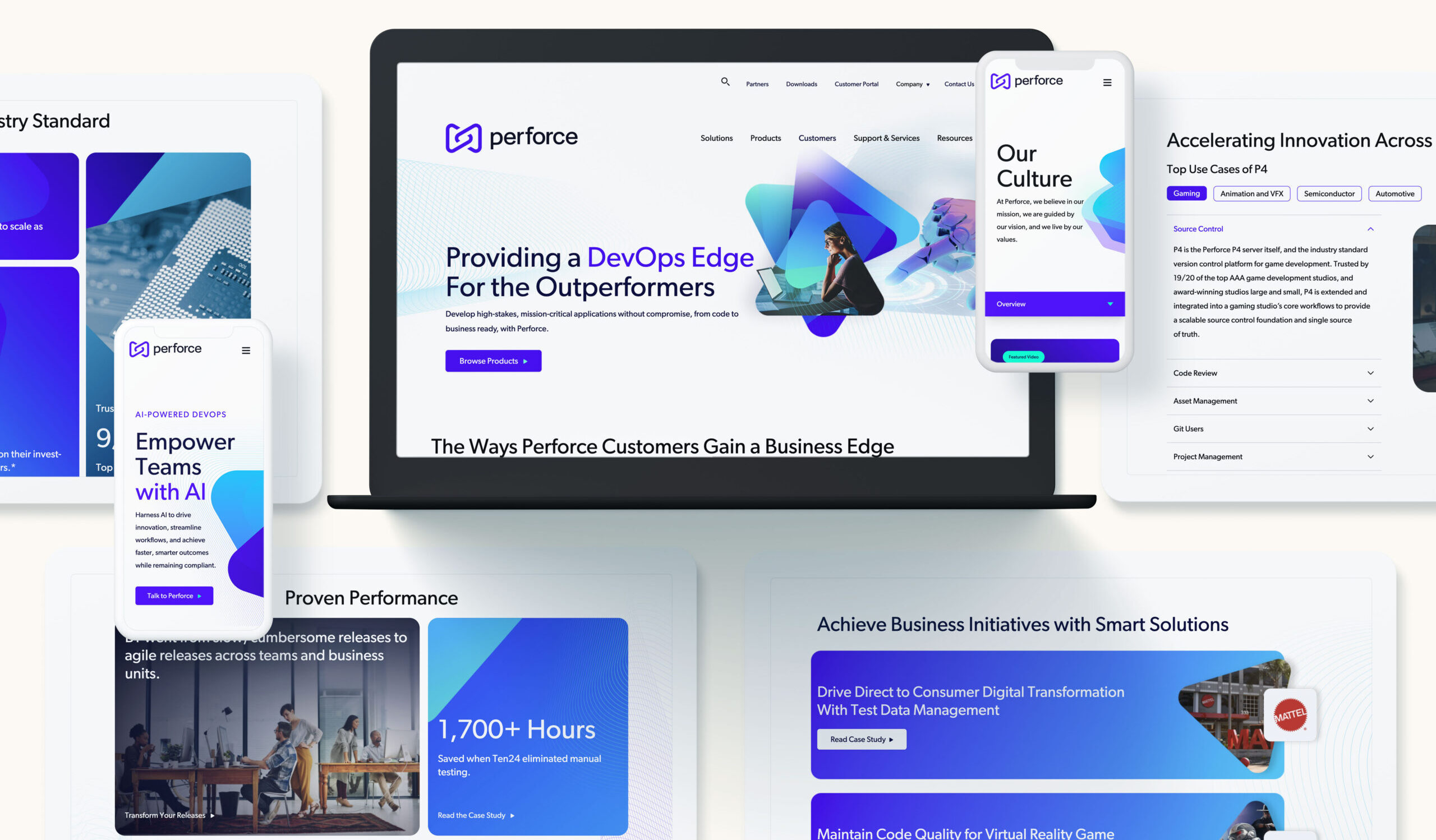
The Psychology of First Impressions
In marketing, first impressions are rarely rational. They’re emotional. Psychologists refer to this phenomenon as “thin-slicing”—our ability to infer meaning or intent from very brief experiences. That means your audience is forming opinions based on visual language, color, typography, motion, and tone before they even process your words.
Emotion plays a defining role. A confident, clear intro evokes trust. A cluttered or ambiguous message signals confusion. Effective storytelling doesn’t overwhelm—it distills your essence into something instantly relatable. That’s why brands like Salesforce, HubSpot, and AWS build consistency across their visual and verbal identities—so even a fleeting encounter leaves a lasting imprint.
The Anatomy of a 7-Second Story
A great seven-second story has three simple components:
- The Hook (1–2 seconds):
Capture attention immediately. This could be a bold visual, a powerful statement, or an emotional cue. Think of the opening frame as the first handshake. - The Message (3–4 seconds):
Clearly communicate what your brand does—or more importantly, what it stands for. Focus on outcomes, not features. For example, “Transforming secure communication for government agencies” tells a clearer story than “Leading provider of encrypted software solutions.” - The Emotion (final 1–2 seconds):
Leave your audience with a feeling—confidence, curiosity, inspiration. This emotional residue is what drives recall and future engagement.
The best intros work like visual haikus: compact, evocative, and unmistakably yours.

Why Short-Form Isn’t Just for B2C
Short-form content once belonged to consumer marketing—fashion, entertainment, lifestyle. But as digital behaviors converge, B2B brands have realized that storytelling fundamentals are universal. A CIO watching a 15-second explainer or a 7-second brand teaser is still responding to the same cues as a consumer: authenticity, clarity, and emotion.
LinkedIn has become a showcase for this shift. Brands like Adobe, Deloitte, and Accenture use short-form storytelling to communicate complex ideas in digestible bursts. Even government-focused organizations are using microvideo and motion design to explain big ideas—like modernization, cybersecurity, or innovation—without losing their audience halfway through a paragraph.
Short-form storytelling doesn’t replace thought leadership or long-form content. It amplifies it. Those seven seconds open the door to deeper engagement down the funnel.
Crafting Impactful Short-Form Brand Stories
So how do you actually tell a brand story in seven seconds or less? Start by zooming out before you zoom in.
- Lead with your core narrative, not your product. What do you stand for? What problem do you exist to solve? Those answers drive emotion far better than a feature list.
- Translate your brand pillars into micro-moments. Identify visual or verbal cues that instantly signal who you are—whether it’s a tagline, tone, or recurring motif.
- Design for silence. Many short-form videos autoplay without sound, so ensure your story works visually. Captions, motion, and typography should all do the heavy lifting.
- Script for attention. Every frame should earn its place. Use visual pacing and rhythm to maintain energy without overwhelming.
- End with action. Even a subtle CTA—like “Learn how” or “Discover what’s next”—can turn a passing glance into measurable engagement.
At Bluetext, we often say: great stories don’t start big, they start clearly. When you can express your value in seven seconds, everything after becomes easier.

Measuring the Impact of Fast Storytelling
In short-form storytelling, every second counts—and so does every data point. The most telling metrics aren’t just views, but view-through rates, retention curves, and engagement quality.
If your audience consistently drops off after three seconds, the hook may need refinement. If your completion rates are high but conversions lag, your CTA might be misaligned.
Use A/B testing to experiment with visuals, copy, and structure. Even small adjustments—a color shift, a headline tweak, a new voiceover—can yield dramatic differences in audience retention. Over time, data reveals not just what works, but why it works.
From Seven Seconds to Lasting Impressions
Seven seconds might define the beginning of your brand story—but the goal is to make that story last. Every short-form asset should connect seamlessly to the larger narrative: your website, your campaigns, your brand voice. When those micro-moments align, they build recognition, trust, and ultimately conversion.
Short-form storytelling isn’t a trend—it’s the new language of brand communication. For organizations that embrace it, seven seconds isn’t a limit. It’s an opportunity.
Ready to Capture Attention in Seconds?
At Bluetext, we help brands turn fleeting moments into powerful connections. From short-form video and motion design to integrated storytelling campaigns, we craft strategies that resonate instantly—and endure long after the scroll.
Contact Bluetext to see how your brand can make every second count.
Although Hamlet was wrestling with things far deeper when he asked the infamous question “to be or not to be”, in today’s marketing landscape, there are questions we still wrestle with when it comes to an effective marketing strategy.
At Bluetext, we work with several clients whose paid media goals largely center around lead generation. However, what happens when form fill numbers are underperforming? People today are becoming increasingly reluctant to fill out online forms, in turn affecting lead generation opportunities.
Why the hesitancy to fill out forms?
- Privacy concerns: People are more aware of how their data is used or misused. Forms that ask for too much personal information without clear justification turn people away.
- Spam: There is a concern among users of inboxes being ‘spammed’ after giving their contact information.
- Friction in the user experience: Many online forms ask for too much information upfront. Users get overwhelmed or feel it’s not worth the effort.
- Perceived lack of value ie. “Why should I?”: Requiring a form just to view content (like PDFs or prices) can backfire — especially if competitors don’t.
Research shows that 61% of marketing professionals see obtaining leads as their most significant challenge. This brings us back to our burning question: to gate or un-gate your assets?
First off, when it comes to paid media lead generation it’s important to remember that 80% of new leads don’t convert to sales, and 63% of leads take over 3 months to convert. Simply gating assets like whitepapers, eBooks, or case studies won’t produce the results you might be hoping to achieve.
Let’s dive into some techniques that your company can layer on top of each other to build out a more robust strategy.
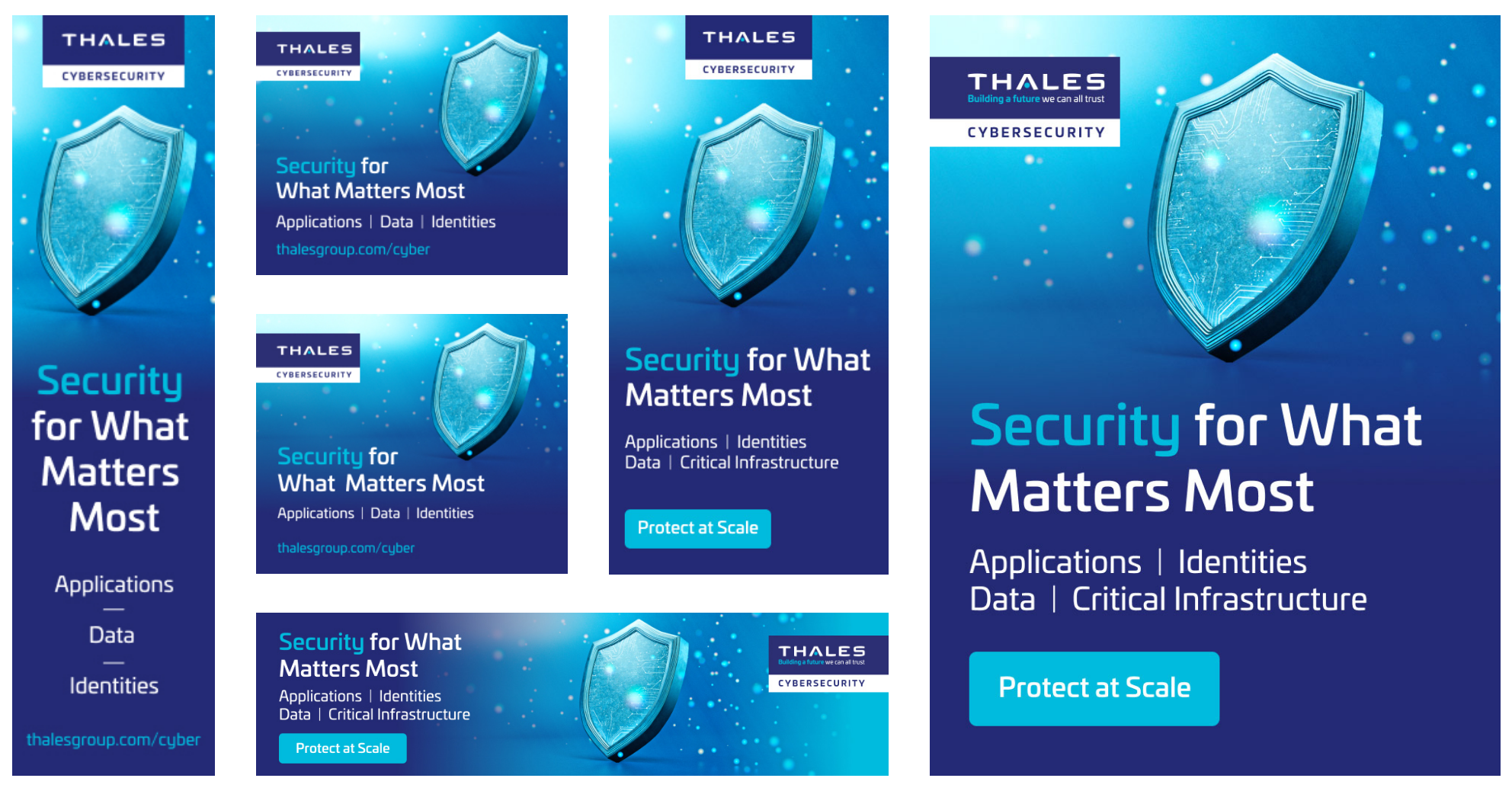
Lead Generation Tactics
Video CTAs
Create videos with embedded CTAs that appear at just the right time. Instead of gating the asset right away, you can gate the content after some values is shown, increasing trust. A bonus to this tactic – 91% of consumers want to see more videos from brands (the TikTok/Reels type of short form video content has become the preferred way to learn about brands).
Content Upgrades IN Blogs
Offer bonus content inline in your blog using click-triggered opt-ins. Your team can share the blog initially free of ask, but mid-way through the blog is an asset such as a “Free Checklist” where-in the reader needs to input their contact information in order to receive.
Offer Email-Only “Extras”
Position your newsletter or emails as the “ongoing value layer”. For example: “Liked this content? Get more updates we only send to subscribers”. The call-to-action comes after some piece of value has already been offered – in order for the audience to receive MORE, they will need to give us their information.
Gate the Convenience, Not the Content
This answers our Gated vs. Ungated question directly. Ungated content: Blogs, ebooks, videos.
Gated: Demos, case studies, calculators, product comparisons. The gated content should provide an added layer – something the audience can’t find for free by doing a simple google search.
Retargeting
Take the paid media campaigns you currently have running and create custom non-lead gen objective audiences ie. video viewers or brand awareness post engagers. Retarget the audience with gated content after they’ve already been exposed and introduced to your brand. After they’ve been warmed up, then you can ask for information.
Heat Mapping Landing Pages
Your web-team (or ours!) can conduct “heat mapping” on your landing pages. If your lead magnet is below the fold or in a cold zone, few will ever see it. Heat mapping can help identify where users are losing interest and your team can work to restructure the layout for optimal performance.
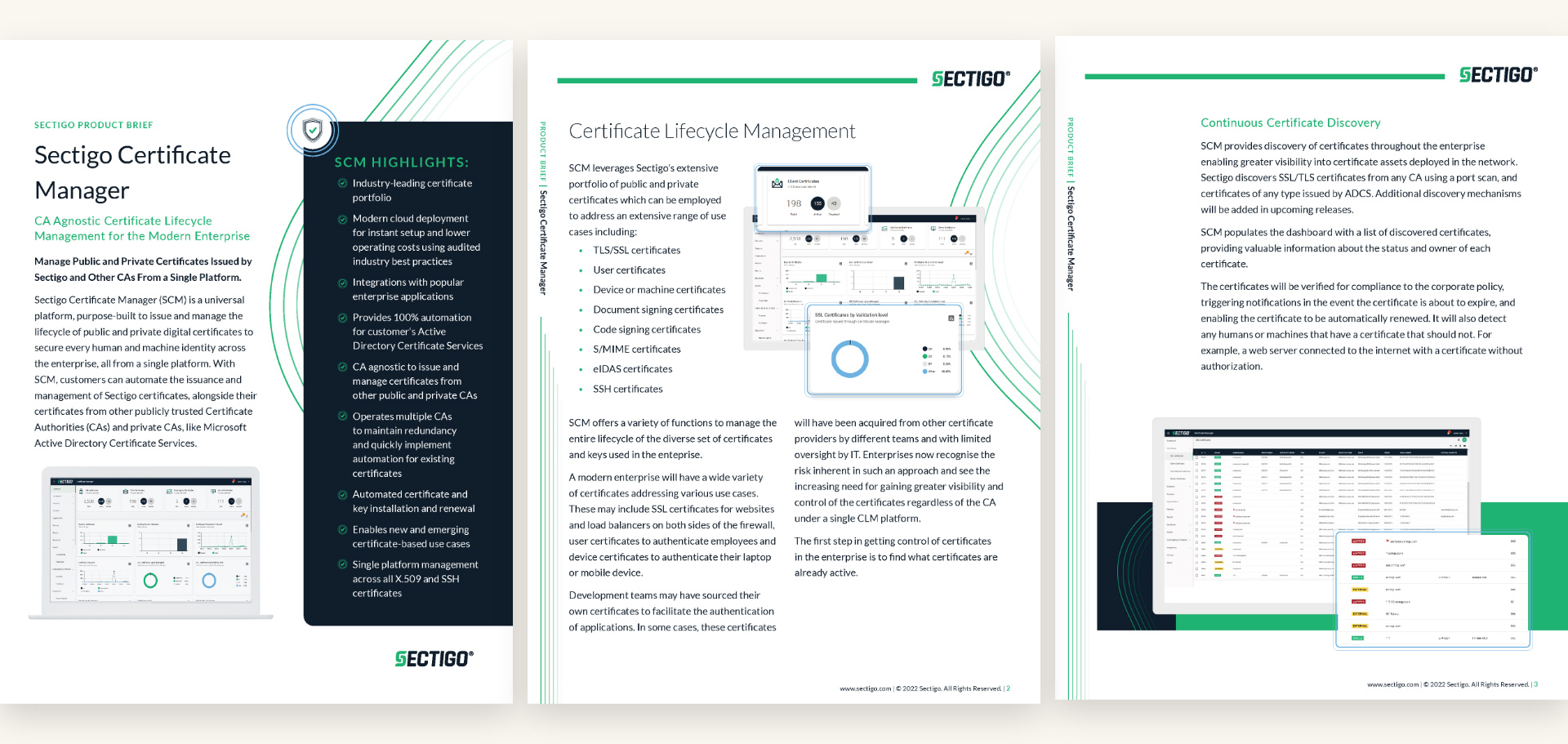
In Conclusion
One or all of these tactics can be used simultaneously to help strengthen your company’s lead generation results. If any of this sounds overwhelming or your team lacks the bandwidth to execute, Bluetext is here to help. Our paid media team is trained and tactical in all things lead generation – let’s get to work!
Generative AI is transforming content marketing. From blog posts to email campaigns, AI tools can help marketers create copy faster and more efficiently. But there’s a catch: the quality of your AI output depends almost entirely on the prompts you provide. A vague or poorly structured prompt can lead to inconsistent, off-brand content that wastes time instead of saving it.
This guide will teach you the fundamentals of prompt engineering, helping you craft effective prompts that consistently produce on-brand content, whether you’re writing social media posts, website copy, or email campaigns.
What is Prompt Engineering?
Prompt engineering is the practice of designing inputs—or prompts—for AI tools to generate precise, useful outputs. For marketers, it’s less about coding and more about clear communication: giving AI enough context and direction to produce content that aligns with your brand voice, tone, and objectives.
For example:
- Vague prompt: “Write a blog about email marketing.”
- Well-engineered prompt: “Write a 600-word blog post on email marketing for B2B SaaS companies, focusing on personalization strategies. Use a professional, approachable tone and include at least three actionable tips.”
The difference is night and day. The second prompt gives context, audience details, desired length, tone, and structure, which helps the AI generate content you can use with minimal editing.
Why marketers need prompt engineering:
- Ensures content aligns with brand voice
- Reduces time spent editing AI outputs
- Increases content consistency across channels
- Improves ROI on AI content tools

Key Principles of Effective Prompt Engineering
To get the most out of AI tools, marketers should follow these core principles:
- Clarity – Be explicit about what you want, including tone, style, audience, and format.
- Context – Provide background information or examples to guide the AI.
- Constraints – Define limits such as word count, structure, or style to keep outputs consistent.
- Iterative Refinement – Test, tweak, and improve prompts based on results.
By following these principles, you can significantly reduce wasted effort and ensure AI-generated content is aligned with your marketing goals.
Prompt Engineering Strategies for Content Marketers
Here are actionable strategies you can start using today:
1. Start With a Goal
Define the objective of your content before writing your prompt. Are you creating a blog post, a LinkedIn update, an email, or a product description? Your prompt should clearly state the intended output.
2. Audience-Centric Prompts
Include audience persona details, pain points, and preferences. For example:
“Write a LinkedIn post targeting marketing managers at mid-sized SaaS companies, highlighting the benefits of AI-powered analytics in campaign optimization.”
3. Specify Tone and Style
Your brand voice matters. Whether your tone is professional, friendly, witty, or authoritative, make it clear in your prompt to avoid generic outputs.
4. Provide Examples
Give the AI examples of successful content. For instance, link to or describe previous posts or blogs that represent the style you want.
5. Use Templates
Create reusable prompt templates for recurring content types. Examples:
- Blog posts: Include word count, section headers, key points, CTA.
- Social media: Specify character limit, hashtags, emojis, tone.
- Emails: Define subject line, body length, personalization cues.
Sample Prompt Template:
“Write a 500-word blog post for [audience] on [topic]. Include three actionable tips and a call-to-action. Use a [tone] tone and [style] formatting.”
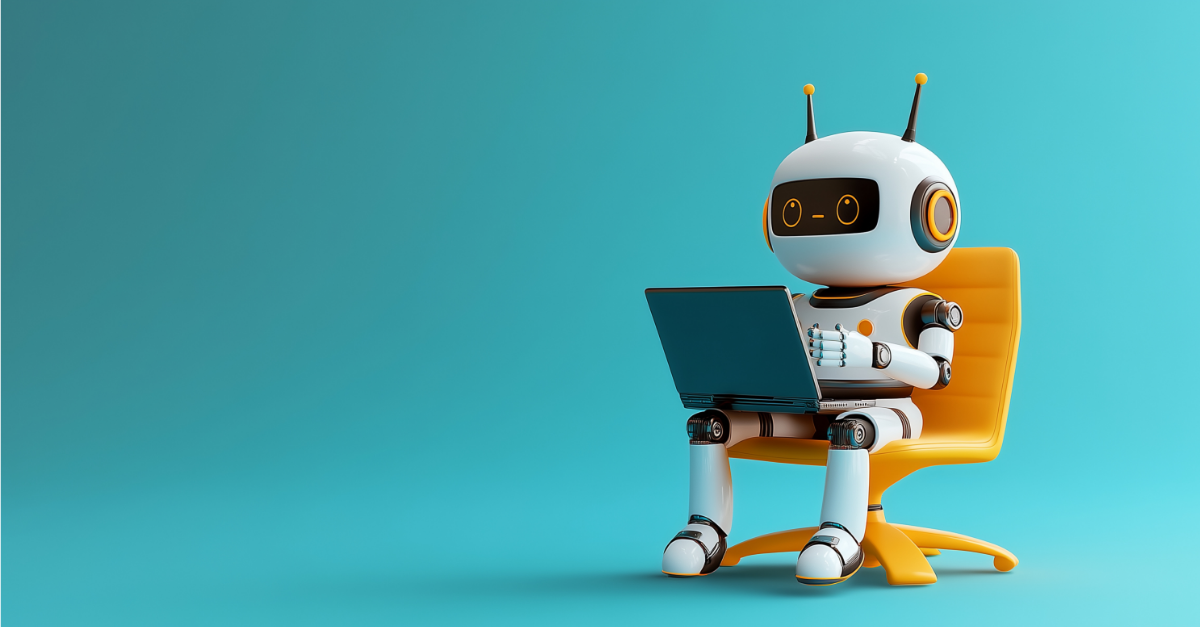
Common Prompt Mistakes to Avoid
Even experienced marketers can make mistakes with AI prompts. Avoid these pitfalls:
- Using vague language or assuming the AI will infer context
- Overloading prompts with too many instructions
- Ignoring iterative testing and refinement
- Failing to align output with brand voice
By addressing these common errors, you’ll save time and improve the consistency of your AI-generated content.
Measuring Prompt Success
Effective prompt engineering doesn’t stop at writing. You need to measure success:
- Content alignment: Does the output match your brand voice and style?
- Engagement metrics: How well does the content perform with your audience?
- Efficiency gains: Are you spending less time editing AI outputs?
Iterate on your prompts using these metrics. Small adjustments can dramatically improve output quality over time.

Tools and Resources
Several AI writing tools are well-suited for marketers:
- ChatGPT – Versatile tool for blogs, emails, social posts
- Jasper – AI content generation with templates and workflows
- Writesonic – Great for social media, ads, and web content
- Copy.ai – Fast generation for marketing copy and product descriptions
Learning Resources:
- Blogs and guides on AI content creation
- Online courses focused on AI writing tools
- Community forums and workshops on prompt engineering
Conclusion & Takeaways
Prompt engineering is a skill every modern marketer should master. By crafting clear, context-rich, and iterative prompts, you can consistently generate on-brand content, reduce editing time, and maximize the ROI of AI tools.
Actionable steps:
- Start small and iterate on your prompts
- Document successful prompts for repeat use
- Always measure outputs against your brand standards
Ready to supercharge your content marketing with AI? Contact Bluetext to learn how our team can help you implement AI-driven content strategies, including expert prompt engineering support.
In the B2B world, engineers and analysts aren’t influenced by flashy campaigns or celebrity endorsements—they respond to credible voices that understand their challenges and speak their language. That’s where micro-influencers come in. These trusted voices can elevate your brand, drive engagement, and build trust with technical decision-makers.
This blog explores how to identify and activate B2B micro-influencers who resonate with engineers, analysts, and other technical audiences, helping your marketing campaigns achieve measurable impact.
What is B2B Influencer Marketing for Technical Audiences?
B2B influencer marketing involves collaborating with individuals who have credibility and authority in your target industry. Unlike B2C campaigns, B2B influencers are valued for their expertise, insights, and practical experience.
For engineers and analysts, a successful influencer is someone who:
- Has deep knowledge of their technical domain
- Shares insights in forums, publications, or social platforms engineers frequent
- Can communicate complex ideas clearly and credibly
Why it matters:
- Engineers and analysts often drive or influence purchasing decisions for technical solutions
- Peer recommendations carry far more weight than traditional advertising
- Micro-influencers help brands reach niche technical audiences authentically

Why Micro-Influencers Work in Technical B2B Marketing
Micro-influencers typically have smaller but highly engaged followings (1,000–50,000 followers) within a specialized niche. For technical audiences:
- Authenticity matters more than reach: Engineers value detailed, accurate, and unbiased insights.
- Engagement is higher: Smaller communities tend to interact more, ask questions, and share content.
- Cost-effective partnerships: Working with multiple micro-influencers can be more impactful than a single large influencer campaign.
Tips for Identifying B2B Micro-Influencers
- Search Niche Communities
- LinkedIn groups, GitHub projects, Stack Overflow, Reddit communities, or technical forums
- Look for individuals who consistently share expertise, answer questions, or provide valuable insights
- Analyze Content Quality and Engagement
- Evaluate how informative, accurate, and clear their posts are
- Check comments and interactions to see if their audience trusts their opinions
- Look for Alignment With Your Brand
- Ensure their technical expertise aligns with your product or solution
- Check tone, values, and communication style for compatibility
- Use Influencer Discovery Tools
- Tools like Traackr, Klear, LinkedIn Sales Navigator, or BuzzSumo can help identify technical influencers by keywords, industry, and engagement metrics

Activating Micro-Influencers for Technical Campaigns
Once you’ve identified the right influencers, consider these activation strategies:
- Collaborative Content
- Co-create technical blog posts, case studies, webinars, or podcasts
- Ensure the content is educational and adds value to their audience
- Product Trials and Reviews
- Offer access to products or solutions for hands-on testing
- Encourage honest reviews that showcase features relevant to engineers and analysts
- Event Participation
- Invite influencers to speak at webinars, panels, or technical conferences
- Leverage their credibility to amplify your brand messaging
- Long-Term Partnerships
- Build ongoing relationships instead of one-off campaigns
- Consistent collaboration strengthens trust and brand recognition within technical communities
Measuring Success in Technical Influencer Campaigns
Unlike consumer campaigns, technical influencer campaigns focus on engagement quality and influence, not just impressions:
- Lead generation: Track inquiries or downloads from content shared by influencers
- Engagement: Evaluate comments, questions, and discussions generated by the content
- Brand authority: Monitor mentions in forums, technical communities, or LinkedIn conversations
- Conversion impact: Assess whether influencer-driven leads move through the decision-making funnel
Iterate based on metrics to refine influencer selection, content strategy, and engagement methods.

Tools and Resources for B2B Influencer Marketing
- Influencer platforms: Traackr, Klear, BuzzSumo, Onalytica
- Social and professional networks: LinkedIn, GitHub, Stack Overflow
- Analytics tools: Google Analytics, HubSpot, LinkedIn Campaign Manager
Use these tools to discover, manage, and track influencer campaigns for maximum impact.
Conclusion & Takeaways
Influencer marketing for engineers and analysts isn’t about flashy campaigns—it’s about credibility, authenticity, and relevance. By identifying the right micro-influencers, activating them thoughtfully, and measuring engagement strategically, you can:
- Build trust with technical decision-makers
- Amplify your brand’s authority in niche technical markets
- Drive measurable business results through B2B influencer partnerships
Start small, prioritize alignment over reach, and focus on building long-term relationships with influencers. Contact Bluetext to develop a tailored influencer marketing strategy that resonates with technical audiences.
As brands look for innovative ways to engage audiences, voice cloning technology is emerging as a game-changer. By using AI-generated voices, organizations can produce podcasts, narrations, and multilingual content at scale—without overloading executives or creative teams. This approach not only saves time and resources but also ensures a consistent brand voice across channels.
Understanding Voice Cloning Technology
What Is Voice Cloning?
Voice cloning is the process of creating a digital replica of a human voice using artificial intelligence. Unlike generic text-to-speech tools, advanced voice cloning captures the nuances of tone, pacing, and emotion, making synthetic speech sound remarkably natural.
How It Works
Voice cloning systems rely on neural networks and machine learning models trained on recordings of a person’s voice. With enough high-quality audio samples, these models generate speech that mimics the original speaker, allowing brands to produce content without requiring the person to record every line.
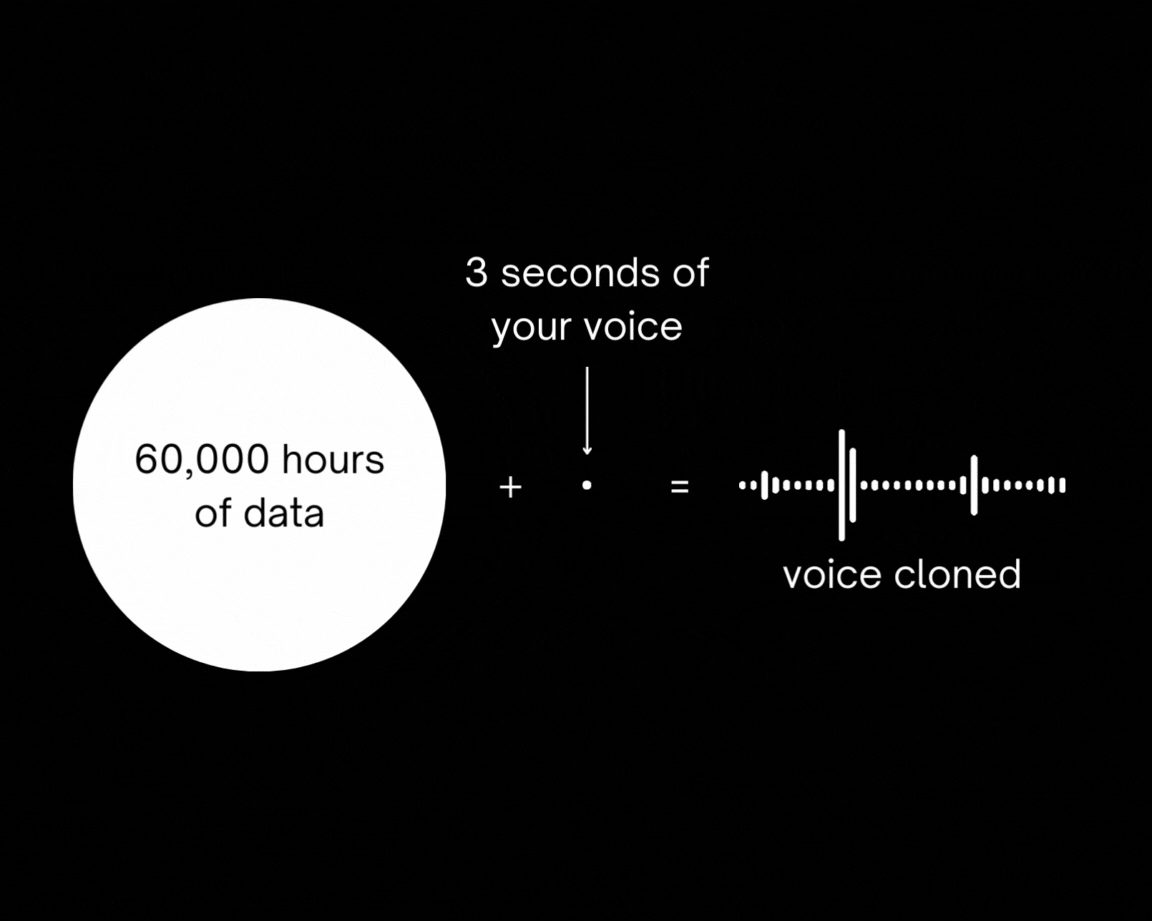
Why Brands Are Adopting Voice Cloning
Scalability for Content Production
Producing audio content can be time-intensive. Voice cloning enables brands to create multiple pieces of content quickly, from podcasts to product narrations, without overburdening executives or voice talent.
Localization Across Markets
Global brands can use synthetic voices to produce content in multiple languages while maintaining the same tone and style. This ensures a consistent brand experience for international audiences without hiring separate voice actors for each region.
Maintaining Executive Brand Presence
Voice cloning allows leadership to “be present” in content consistently, even when schedules are tight. Executives’ voices can narrate thought leadership pieces, training materials, or internal communications without requiring repeated recordings.
Practical Applications for Brands
Podcasting and Thought Leadership
AI voices streamline podcast production, letting brands maintain a regular publishing schedule and consistent tone. Thought leadership content can be scaled efficiently, keeping audiences engaged without putting extra demands on team members.
Training and E-Learning Modules
Executive narrations for internal training or learning modules can be cloned once and reused, reducing production time and ensuring consistent messaging across employees or learners.
Marketing and Customer-Facing Content
Voice cloning supports audio ads, interactive experiences, and social media campaigns, enabling brands to reach audiences in fresh, immersive ways. Personalized or dynamic audio experiences can also increase engagement and conversion rates.

Best Practices for Ethical Voice Cloning
- Obtain Consent: Always secure explicit permission from executives or voice talent before cloning their voice.
- Maintain Transparency: Let audiences know when AI-generated voices are used to preserve trust.
- Quality Control: Ensure synthetic voices sound natural and align with your brand standards.
- Avoid Misuse: Use voice cloning responsibly, avoiding misleading or deceptive content.
Implementing Voice Cloning in Your Brand Strategy
Selecting the Right Technology
Choose AI voice platforms that offer natural-sounding voices, robust customization, and security controls.
Integrating With Content Workflows
Connect voice cloning tools with podcasting platforms, e-learning systems, and marketing automation software to maximize efficiency.
Monitoring Engagement and ROI
Track audience response, completion rates, and engagement metrics to evaluate the impact of AI-driven audio content and refine your strategy over time.
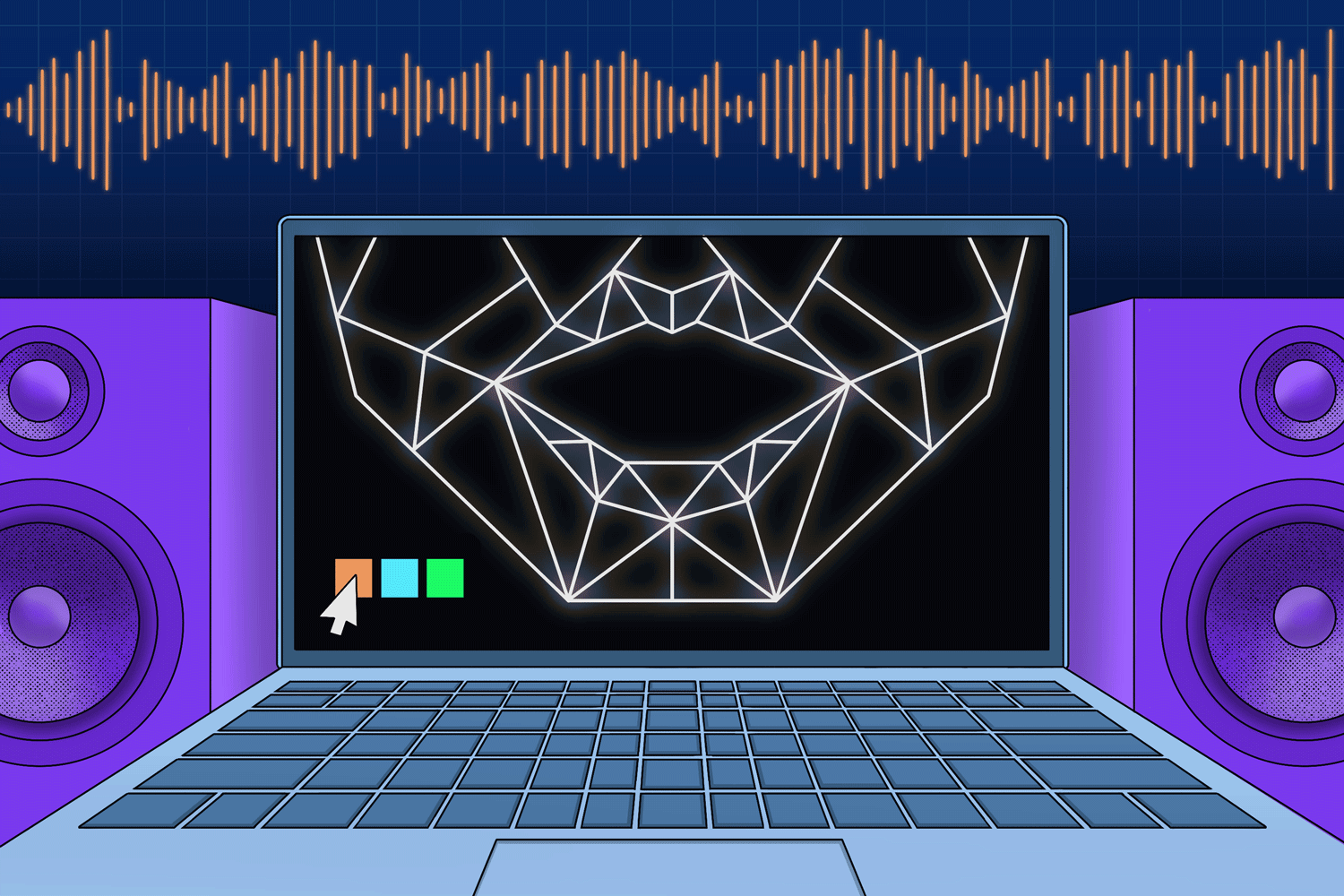
The Future of AI Voice in Marketing
Voice cloning is poised to become a staple in brand content strategies. As AI continues to evolve, brands can expect more realistic, expressive synthetic voices, broader language support, and innovative ways to engage customers. Ethical and thoughtful adoption will be key to leveraging this technology effectively.
Partnering for Smart Audio Strategy
Voice cloning opens a new frontier for scalable, engaging, and executive-friendly content. Bluetext helps brands harness AI-powered audio solutions to deliver podcasts, training, marketing campaigns, and localized content—all while maintaining authenticity and brand consistency.
Ready to amplify your brand’s voice at scale?
Partner with Bluetext to explore AI-driven voice cloning for podcasting, localization, and executive-friendly audio content. Contact us today.
